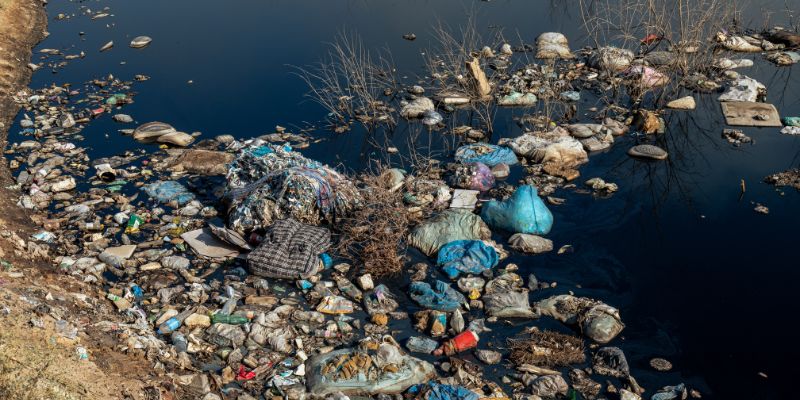What is Water pollution?
It is a contamination of water when it comes in contact with direct toxic impurities or with any substance that is by the span of time transform into toxic material due to some chemical changes. Human waste and industrial drainage are the two major elements that cause a serious threat to human and animal life as well as poses a negative impact on the environment.
Clean water is the prominent factor of a healthy life but due to the continuous ill-treatment of natural resources, we are moving far away from its availability to the point where we will not be able to have a single drop of drinking. Scientists and environmentalists are continuously developing new methods to filter the impurities in water that is taken from water bodies to make them drinkable again. But there is a huge imbalance between the rate at which the water is getting contaminated with the rate at which we purify it. The cost consumed in the purification of the water and into the research and development is another heavy depression on the economy of a country to deal with.
This is the reason that poor countries are facing a rough time dealing with water pollution effectively. It is not because of the reason that water gets polluted more in the less developed countries but due to the fact that poor countries are not able to invest a high amount of implementing the method of purification on the state level. Whereas this is not the only solution to halt the rapid growth of water pollution. The major cause of water pollution lies in the way we live and run our life affairs. Industries are releasing the innumerable amounts of potentially risky wastage into the environment, moreover, due to lack of awareness, people on a smaller scale are unknowingly becoming the cause of water pollution.
There are several factors causing water pollution, based on major factors such as sewage or wastewater, commercialization, urbanization, plastic consumption, and many other factors propagating.
Sewage Water – The unavoidable agent of pollution
Water that comes out after industrial or agricultural usage containing the range of mixture of several substances is considered as a wastewater. Moreover, residential sewage is another stream that carries grease, oil, food, detergent, acids and kitchen waste which goes into the water bodies. It is true that the major amount of this wastewater is recycled itself and becomes reusable again. But unfortunately, due to heavy intensive commercial and industrial activities, the ratio of recyclable water is reducing and becoming permanent toxic to the environment leaving behind a rare amount of pure drinking water.
Drawbacks of urbanization
Quick development in urban areas is directly contributing to the pollution of water. In the manufacturing industries, there is a huge amount of chemical wastage that goes into water bodies causing severe water pollution. The surfaces of the road are covered with several harmful materials, such as spilled fuels, carbon emission, vehicle fluid, etc which also sometimes end up going into waterways.
Plastic is our enemy
Plastic has become a sort of necessity and is used widely in our daily life, from commercial packaging to daily grocery shopping we have trapped to its mesh. It is used once or twice and then it goes out into the bin, it is easily washed off in water bodies like rivers, lakes, and ocean.




